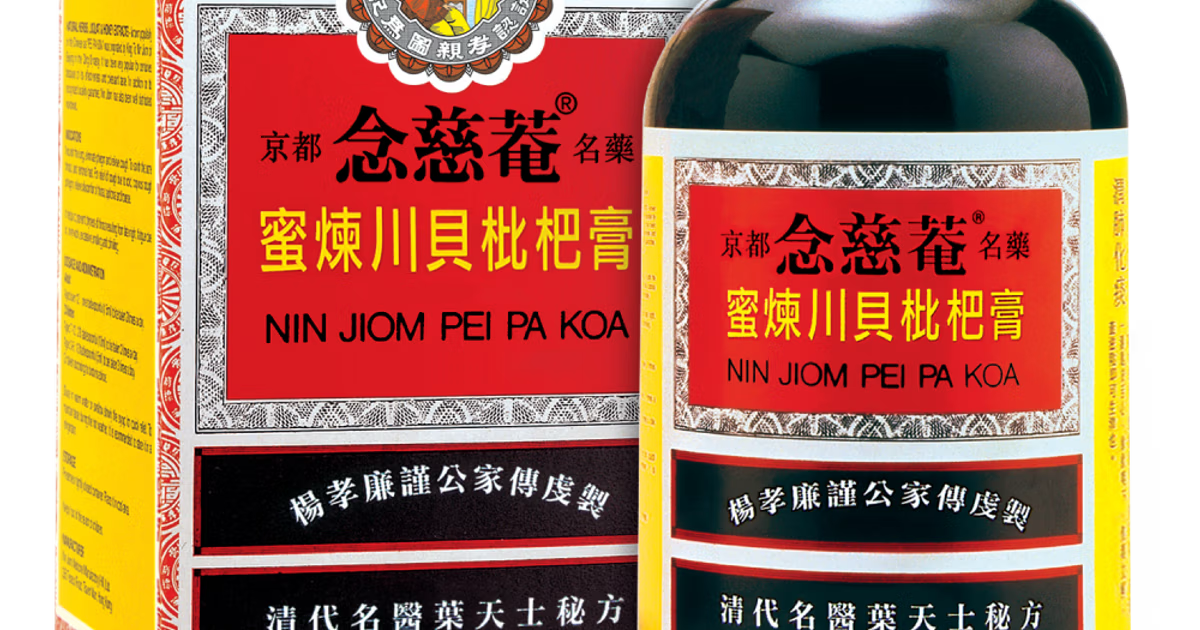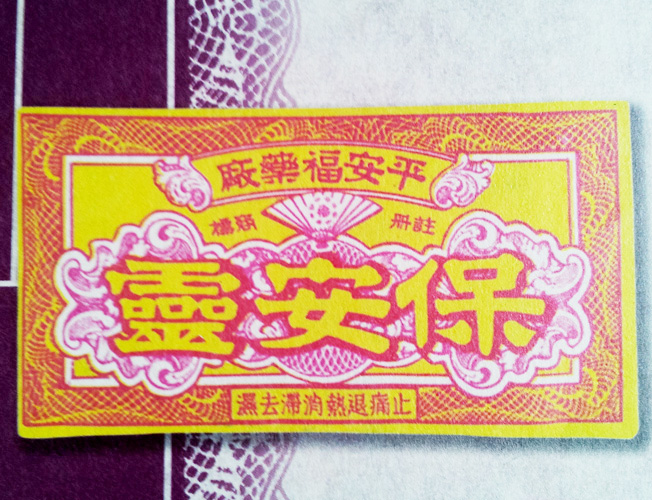TCM Explained is a series in which experts and practitioners break down the inner workings of traditional Chinese medicine, in their own words.
Unlike in Western medicine, massage therapy is considered an integral part of the Chinese medical system; it’s even administered at hospitals. But can experienced massage therapists accurately pinpoint greater illnesses, or is their understanding of the body only skin deep?
To find out more, we spoke to Chen “Alice” Xiaoxu, a massage therapist at Dongyin Spa (东英经典) in Shanghai, China. Chen is representative of other people in her industry, with over eight years experience in massage. A self-described “lifelong learner” of Traditional Chinese Medicine (TCM), she spoke with us about the experience needed to become a massage therapist in China, fraudulent claims about TCM, and her Chinese clients’ most common ailments:
“I’m originally from Anhui Province, and started training in this industry about eight years ago. In China, you need a certification to perform Chinese massage, which requires an examination. You can potentially pass the exam after one to two years of studying, but your technique won’t be that great without experience. Some of the people go to a center to learn first, while others will start an apprenticeship in a clinic right away. But no matter which they choose, at some point they will have to go to a clinic and start from scratch. There is no substitute for experience.
Since I’ve been working in the industry for so long, I can tell an experienced clinician from a novice from the moment he or she touches me.
“In China, medicinal massage is widely offered, even in hospitals. Most Chinese medical doctors are capable of doing techniques you’d find in a massage parlor, such as tuina (推拿), moxibustion, and cupping. People here can actually go to the hospital to get Chinese medicinal massage, where they are more likely to target a specific problem such as, for example, your hip hurting. Of those that do, many of them are likely to be local, because they can use their social insurance, which makes it free for them to get massage. Most spa places in China have these kinds of services as well, except that they only do ‘sub-medical treatment,’ short of services that a doctor should be offering. A client would come here more for the experience — for enjoyment and relaxation.
“Traditional Chinese medicine (TCM) influences a lot of the techniques that we massage therapists use. For instance, we usually massage from top to bottom because the jingluo (经络), or meridians, inside the body are constantly working, from the topmost meridian in the head (baihuixue, 百会穴), down to the very end of the longest meridian.
You can think of your body as a city like Shanghai or Bangkok, congested with cars. If there isn’t a traffic police officer to control the situation, people will violate the rules, causing a traffic jam.
It’s the same with meridians. If your system keeps operating for a while with nobody to help manage it, it will become chaos. My role is like the police officer: I help you to manage it and to help relieve the pain.
Related:
 Changing the Channels: Breaking Down TCM’s Meridian SystemThe Bronze Man, a thousand-year-old teaching implement, helps us visualize some of TCM’s most important health practicesArticle Mar 05, 2019
Changing the Channels: Breaking Down TCM’s Meridian SystemThe Bronze Man, a thousand-year-old teaching implement, helps us visualize some of TCM’s most important health practicesArticle Mar 05, 2019
“When I work on some clients, the body can definitely give me some signs of what’s ailing them. For example, if in the neck and shoulder I can feel some small bumps or nodes, I can tell they may have sleeping problems at night. I also gather that sometimes they may feel dizzy, or even get headaches.
“However, there are people that exaggerate the effects of TCM nowadays, claiming that they can help you get pregnant or cure disease, but this is not something TCM can guarantee. We advise that if you really have medical problems, you need to go to the hospital.
Related:
 Should We Really “Expect Deaths to Rise” as the WHO Endorses Traditional Chinese Medicine (TCM)?Article Nov 07, 2018
Should We Really “Expect Deaths to Rise” as the WHO Endorses Traditional Chinese Medicine (TCM)?Article Nov 07, 2018
“The most common one I have seen is dislocated vertebrae, especially at the back of the neck. They may come to places like ours for treatment, but it’s something you should go to the hospital for.
“I had a client once who I was giving a massage, and I discovered lumps in her breast. In general, if clients feel pain even without me touching them, it could turn to something like fibroma if it becomes more severe. If so, you must go to hospital and get surgery. If a client has normal bumps or nodes, on the other hand, it may be breast hyperplasia, which can be relieved with Chinese massage. But we cannot be sure, so we will usually recommend the clients to hospital for an examination — since in some situations, massage will stimulate it and make it worse.
“In her situation, if it proves to be something that can be improved by massage, she would come to us every week for the first two months. When her situation stabilizes, she would come get massages two to three times a month. It really depends on your condition. Some people will see a change in 15 visits, while others may need 20 or 30 treatments to start seeing effects.
“TCM is very much a preventative method to taking care of yourself. If you are healthy, undergoing Chinese massage will help you stay that way, and prevent you from experiencing other problems. For example, if you start getting regular massages for your neck and shoulder, there is less chance it will become a bigger health issue. The amount of prevention needed varies from person to person, so it’s hard to speak on the overall quality of it.
Related:
 No Pain, No Gain: A TCM Practitioner on Chinese Medicine’s Principles of PainWhile biomedicine stops pain signals in their tracks, Chinese medicine seeks to reverse the pathological processes that cause itArticle Apr 09, 2019
No Pain, No Gain: A TCM Practitioner on Chinese Medicine’s Principles of PainWhile biomedicine stops pain signals in their tracks, Chinese medicine seeks to reverse the pathological processes that cause itArticle Apr 09, 2019
“The demand for licensed massage therapists in China is very high, especially in big cities like Shanghai. Here, a majority of the clients who come in are dealing with extreme stress and tiredness, as well as fertility problems. But I would say that 90% of the clients I see have pain in their cervical vertebrae — from using their cellphones too much. This is very typical. The blockage around certain acupoints is more severe, I can feel it when I massage them. Usually the most obvious ones are around the neck, shoulder and back.
In China, cellphones are without a doubt the next opium addiction. Even on the national level, the government is considering solutions to it. I’ve seen public service announcements on the subway that show parents looking at their phones, while their kids are sitting aside wondering why they are not taking care of him. It’s an important issue that’s now starting to be recognized.
“Depending largely on their workload, we advise that most people get Chinese massage around three times a month. Some people may experience a lot of stress, or otherwise feel a strong need to take better care of themselves, and then they may come around four times a month.
“TCM is a profession that requires life-long learning; you can never be completely qualified. As you come across more clients and symptoms, you come to learn more and more about how the body works. Even after eight years, working in three different clinics, I cannot confidently say I have learnt enough about TCM.”
Translation by Zhang Li & Tan Feijun















